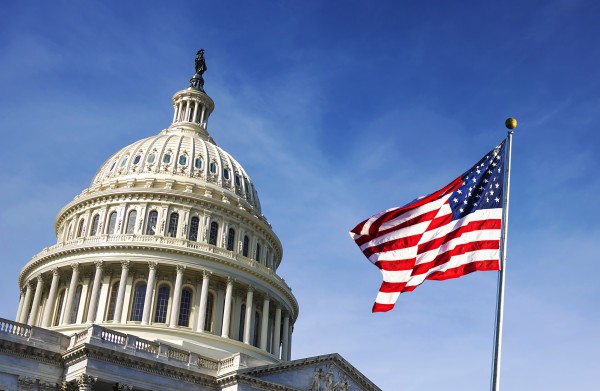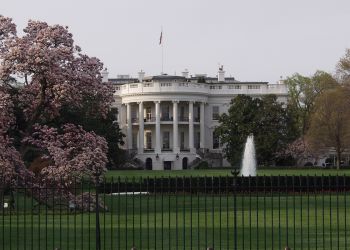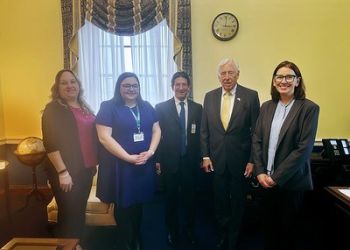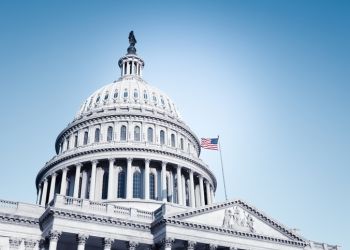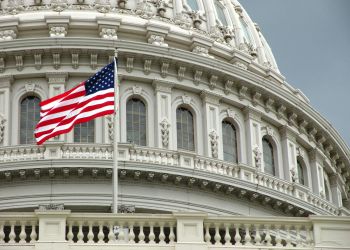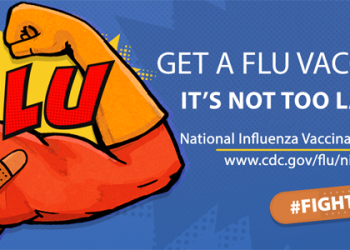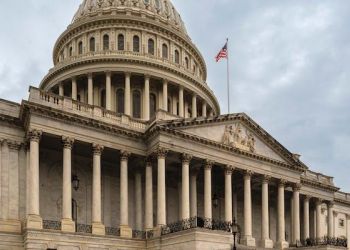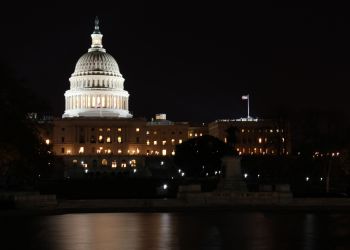On December 28, 2020, the most recent in a series of COVID-19 relief packages was signed into law. The bill was passed as part of a larger end-of-year deal in combination with the omnibus FY21 appropriations legislation to fund the government through the end of the fiscal year in September 2021. NACCHO continues to advocate for funding to help local health departments respond to the pandemic.
Some in Congress have described the $900 billion package as a “down payment” until another deal can be negotiated after the Biden administration takes office. Please contact me with any questions at [email protected].
The $900 billion package includes the following key provisions:
Public Health Response
- $22.4 billion for testing, contact tracing, and COVID-19 mitigation programs for health departments; $2.5 billion of which is for grants targeted at underserved areas, including communities of color and rural communities.
- Money must be released from the federal government within 21 days of enactment.
- Directly funded entities are required to report on their testing plans within 60 days, as well as their use of funds, “detailing current commitments and obligations broken out by the coronavirus supplemental appropriations Act that provided the source of funds,” made publicly available by the Secretary of Health and Human Services. This public tracking was advocated for by NACCHO to help map the flow of federal funds to the local level.
- $8.75 billion to support public health agencies to distribute, administer, monitor, and track coronavirus vaccination.
- $4.5 billion for State, local, Territorial, and Tribal Public Health Departments; $1 billion of which needs to be sent out within 21 days of enactment.
- $300 million for a targeted effort to distribute and administer vaccines to high-risk and underserved populations—including racial and ethnic minority populations and rural communities.
- Requires that CDC develop a comprehensive coronavirus vaccine distribution strategy and spending plan, including accounts for infrastructure challenges, guidance for vaccine distribution, a public education campaign, and guidance to focus efforts on high-risk and underserved populations.
- An additional $75 million total for a Public Awareness Campaign with an overarching goal to increase rates of vaccination across all ages, particularly in communities with low rates of vaccination, as well as reduce and eliminate vaccine preventable diseases. Authorizes $15 million per year for five years.
State and Local Funds
The previous round of funds provided to states and localities by the Coronavirus Relief Fund in the CARES Act was extended until December 31, 2021.
Related Policies
Housing—$25 billion in federal rental assistance, with $800 million set aside for Native American housing entities, and an extension of the CDC-enacted federal eviction ban through the end of January.
Schools and childcare—$82 billion for colleges and universities and $10 billion for the childcare sector.
Food and farmer assistance—$13 billion to bolster food stamp benefits by 15%. Farmers and ranchers receive another $13 billion round of direct payments.
Economic Relief
$166 billion in direct checks — Individuals making up to $75,000 a year will receive $600; couples making up to $150,000 will receive $1,200, and $600 per child. The deal also makes the stimulus checks more accessible to immigrant families.
$120 billion in extra unemployment aid through March 14 for individuals that have exhausted state benefits.
$325 billion for small business, including $284 billion in loans through the Paycheck Protection Program, and $20 billion for businesses in low-income communities.
$45 billion in transportation aid: $14 billion for mass transit and $10 billion for state highways.
The bill includes extended payroll tax subsidy for employers offering paid sick leave and boosts to the Earned Income Tax Credit. Employers are no longer required to provide paid sick leave related to COVID-19, but a refundable tax credit to businesses offering sick leave is extended through the end of March.
